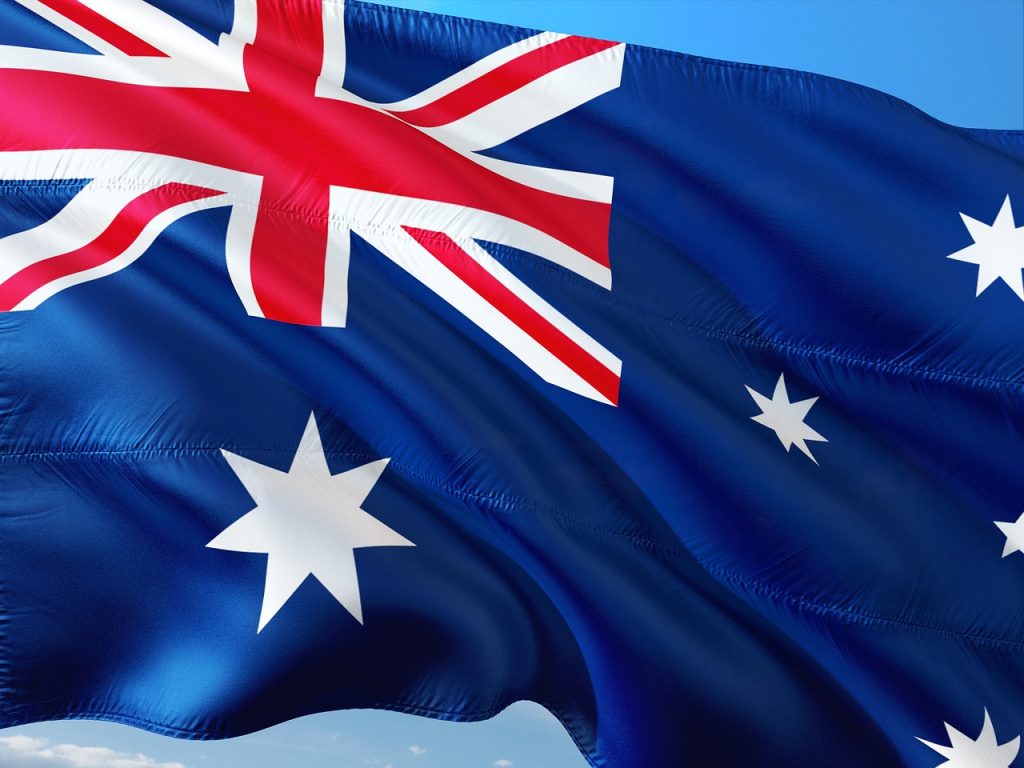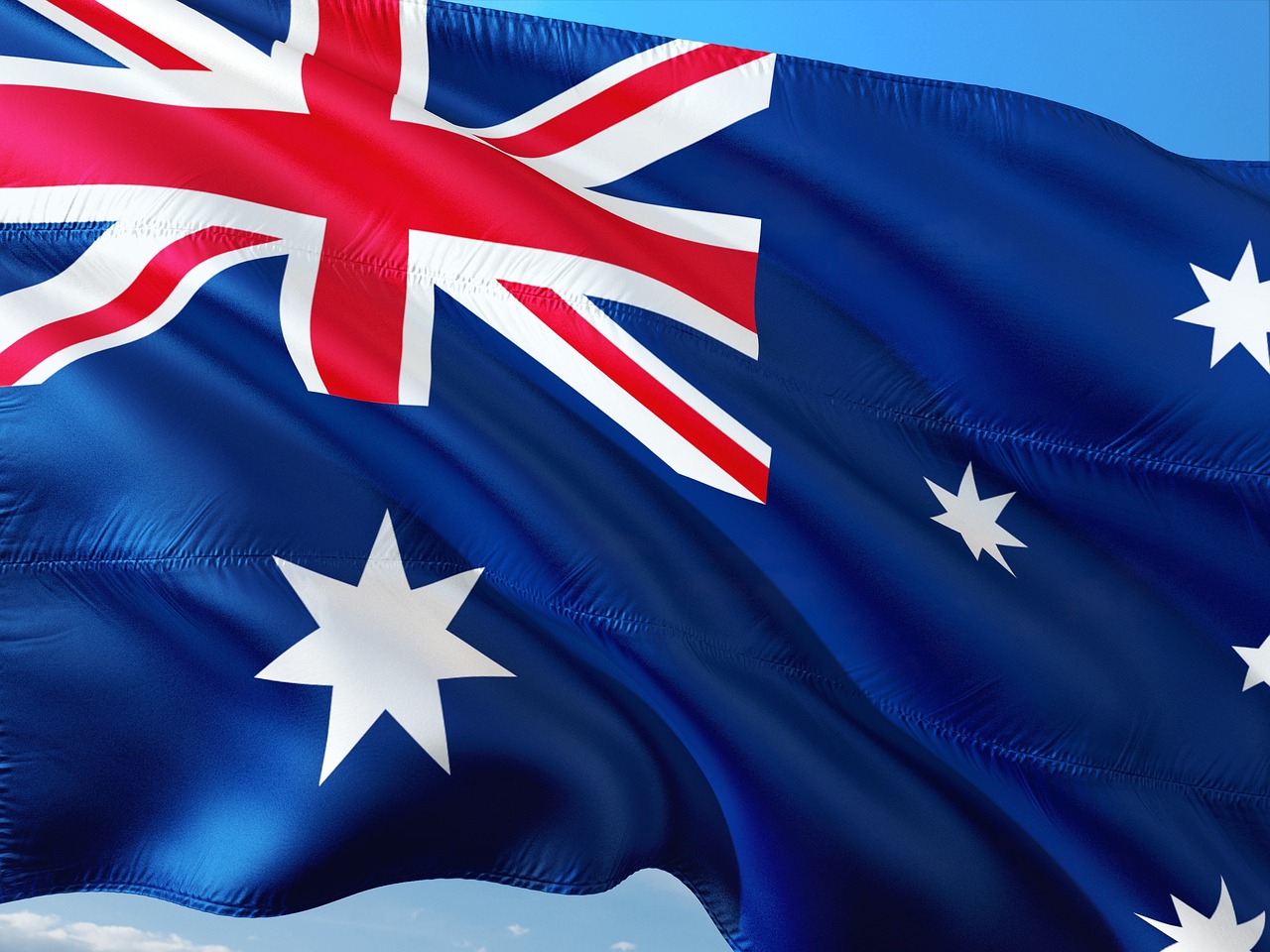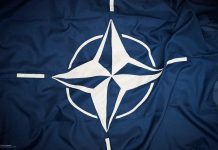
Australia’s government is set to prioritize its defense capabilities with a focus on long-range precision strike capability, domestic production of guided weapons, and strategic diplomacy, according to a review released on Monday.
The review highlighted that the intense competition between the US and China is defining the region, and major power competition has the potential for conflict. As a result, Australia’s northern bases will become a crucial point for deterring adversaries, protecting trade routes and communication.
The review, touted as the country’s biggest defense shake-up since World War Two, underscores the need for Australia to strengthen defense cooperation with key allies and maintain regional balance. The country’s defense force will be transformed to ensure it is fit for purpose and ready to defend its territories and immediate region, deter any adversary’s attempt to project power through its northern approaches, and protect trade routes and communication.
The review also emphasized the need to establish domestic production of guided weapons, which is fundamental to the Australian Defense Force’s ability to hold an adversary at risk.
“We will obviously be doing that very closely with the United States. We are working to be close enough to have an interchangeability of missiles between our two defense forces and that’s what will give rise to the maximizing of Australian capability,” said Marles.
According to a recently released review, Australia plans to upgrade its northern bases and ports immediately, with a focus on rectifying fuel storage issues. In addition, the government intends to explore using the civil mineral and petroleum industry infrastructure in northern and central Australia to meet critical areas of need, such as undersea warfare using drones for surveillance and strike, maritime operations for sea denial and local sea control, air and missile defense, and expeditionary theater logistics.
The review recommends that the navy acquire more smaller vessels with long-range strike weapons, and suggests that long-range anti-ship missiles be equipped on Australia’s F-35A and F/A-18F fighter jets. The review also highlights the development of the Ghost Bat uncrewed aircraft in partnership with the United States.
As per the review, Australia’s area of military interest extends from the northeast Indian Ocean through maritime Southeast Asia into the Pacific. The government plans to increase defense funding over the next decade, with a funding allocation of A$19 billion for the review’s recommendations, which includes A$7.8 billion from canceled projects.
“The plan is strong and based on a realistic appraisal of the circumstances,” said John Blaxland, a professor of international security at Australian National University.
“Australia forward-deployed its military in Southeast Asia and the Pacific islands during World War Two, and the HIMARS rocket artillery and amphibious landing craft recommended by the review are only feasible if used in a collaborative arrangement with Australia’s neighbours”.
“The neighbors aren’t in a position to guarantee any commitment because we are not allied with them. Security agreements with them are loosely worded and we need to respect their sovereignty,” said Blaxland.





